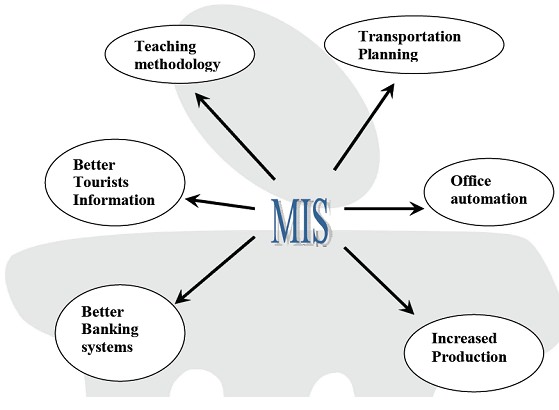Information systems are the backbone of modern businesses, enabling organizations to manage and utilize information effectively. They are no longer a mere support function, but rather a critical component for strategic decision-making and achieving competitive advantage. However, many businesses struggle to manage these systems effectively, leading to inefficiencies, security risks, and ultimately, lost opportunities. This article dives deep into the essential aspects of information systems, identifying common challenges and providing actionable solutions to streamline your system management. We’ll cover crucial elements from planning to implementation and maintenance, to ensure optimal performance and security. Expect practical advice, real-world examples, and actionable steps.
Understanding the Fundamentals of Information Systems
Defining Information Systems
Information systems are integrated sets of components that collect, process, store, and disseminate information. They encompass hardware, software, data, procedures, and people, working in concert to support business operations and decision-making. Understanding the core components and their interdependencies is crucial for effective management. A well-structured information system allows for streamlined data flow, facilitating accurate analysis and crucial insights for business strategies. For example, a retail company using an inventory management system can track stock levels in real-time, predict demand, and optimize their supply chain. This leads to reduced costs, minimized waste, and higher profitability. In a complex globalized environment, effective information systems allow companies to make data-driven decisions with confidence.
Planning and Implementing an Effective Information System
Defining System Requirements
Identifying the specific needs and requirements of your business is the first crucial step to implementing an effective information system. Organizations must carefully evaluate their existing processes, identify areas for improvement, and define the desired functionalities of their new system. This involves meticulous analysis to understand the type and volume of data, the frequency of transactions, and anticipated growth. For instance, a financial institution might require a system with advanced security protocols to protect sensitive customer data. Clearly defining user roles, responsibilities, and access privileges is paramount to ensure efficient and secure operation. Market analysis and competitive benchmarking can provide further insights to tailor the system to meet the needs of the organization.
Maintaining Optimal Performance and Security
Proactive Maintenance Strategies
Proactive maintenance strategies are crucial for ensuring the optimal performance and security of information systems. Regular system updates, security patches, and performance monitoring are critical steps to prevent downtime and address potential vulnerabilities. This includes setting up regular backups and disaster recovery plans to protect against data loss. A hospital, for example, needs a resilient system that guarantees reliable access to patient records and ensures continuity of operations in case of an emergency. Monitoring system performance indicators, such as response times and resource utilization, provides crucial insights to identify potential bottlenecks or vulnerabilities. This allows for targeted intervention and minimizes disruption to business operations.
Integrating Information Systems with Business Processes
Aligning Systems with Business Goals
Successfully integrating information systems with business processes is essential to achieve desired outcomes. This involves meticulously mapping out workflows and defining clear processes for data entry, processing, and reporting. A well-designed system facilitates effective communication and collaboration among different departments and stakeholders. In a manufacturing company, for instance, an integrated information system linking procurement, production, and distribution would ensure seamless data flow and real-time tracking of inventory and production schedules. This leads to optimized resource allocation, reduces production costs, and increases efficiency across the whole organization.
Data Management and Security
Protecting Sensitive Information
Data management and security are paramount in today’s digital world. Implementing strict data governance policies and using robust encryption methods are essential to safeguard sensitive information. Organizations must establish clear protocols for data access, storage, and disposal. A retail store, for instance, must ensure customer data is protected through encryption and secure storage protocols, complying with relevant privacy regulations to avoid costly penalties. Regularly conducting security audits and penetration testing can help identify and address potential vulnerabilities. A strong data management strategy protects not only the organization’s reputation but also maintains customer trust and compliance.
In conclusion, effectively managing information systems is crucial for any organization’s success in today’s digital landscape. By understanding the core components and challenges, and proactively implementing strategies to overcome them, businesses can leverage information systems to achieve their strategic goals and gain a competitive edge. Remember to continuously adapt and evolve your approach to information systems management, as technological advancements and business needs constantly change. For more detailed insights and tailored solutions, contact us today for a personalized consultation.
